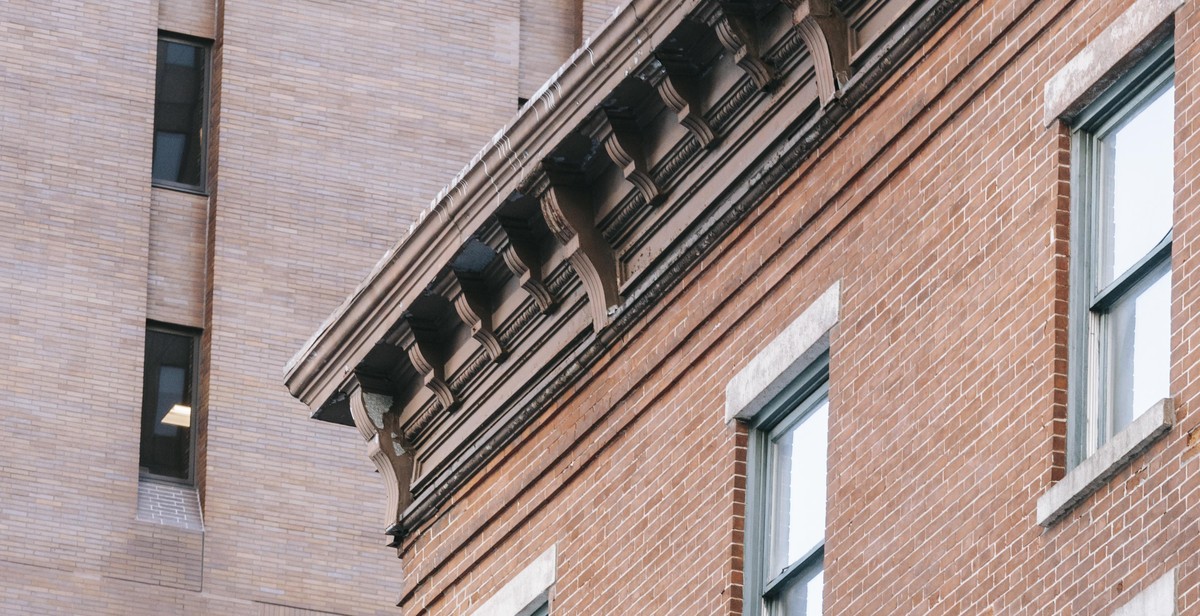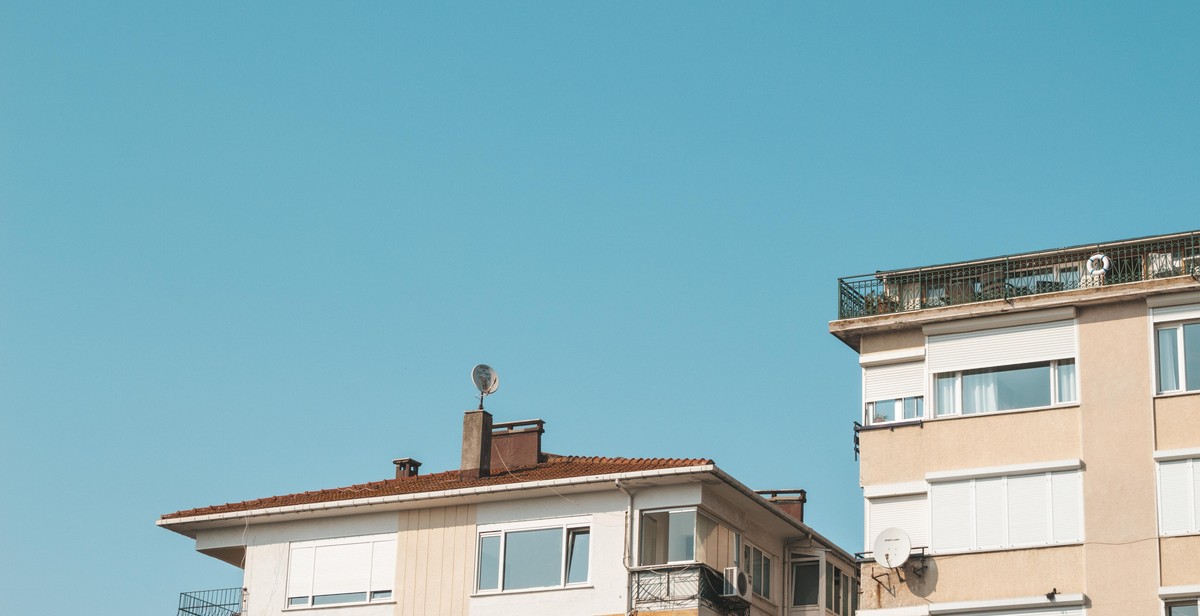How to Design a Sustainable Rooftop Apartment: Energy-efficient and Eco-friendly Solutions
As the world becomes more conscious of the impact of climate change, sustainability is becoming a priority in every aspect of life. One of the ways to contribute to a sustainable future is by designing eco-friendly living spaces. Rooftop apartments are an excellent option for a sustainable lifestyle as they offer a unique opportunity to incorporate energy-efficient and eco-friendly solutions.
Why Design a Sustainable Rooftop Apartment?
Rooftop apartments are becoming increasingly popular in urban areas due to the shortage of space. By building on rooftops, it is possible to create additional living spaces without using up more land. However, it is essential to design these spaces sustainably to reduce the carbon footprint and contribute to a healthier environment.
Designing a sustainable rooftop apartment has several benefits, including:
- Reducing energy consumption and costs
- Minimizing waste
- Improving air and water quality
- Preserving natural resources
- Creating a healthier living environment
In this article, we will explore energy-efficient and eco-friendly solutions for designing a sustainable rooftop apartment. By implementing these solutions, you can reduce your carbon footprint and contribute to a sustainable future.

Energy-efficient Solutions
Designing a sustainable rooftop apartment involves incorporating energy-efficient solutions that reduce energy consumption and minimize the carbon footprint. Here are three energy-efficient solutions to consider:
1. Insulation
Insulation is a crucial aspect of a sustainable rooftop apartment. Proper insulation helps to maintain a comfortable indoor temperature and reduce the need for heating or cooling systems. Insulating the roof, walls, and floors can significantly reduce energy consumption and lower energy bills. Consider using eco-friendly insulation materials such as cellulose, wool, or recycled denim to minimize the environmental impact.
2. Solar Panels
Solar panels are an excellent energy-efficient solution for a sustainable rooftop apartment. They use sunlight to generate electricity, which can power the apartment’s lighting and appliances. Solar panels are a renewable energy source that reduces dependence on non-renewable sources of energy such as coal or gas. They also help to reduce greenhouse gas emissions and contribute to a cleaner environment. Consider installing solar panels on the rooftop to take advantage of the abundant sunlight.
3. Energy-efficient Appliances
Energy-efficient appliances are a practical solution for a sustainable rooftop apartment. They use less energy than traditional appliances and can significantly reduce energy bills. Look for appliances with an Energy Star rating, which indicates that they meet strict energy efficiency guidelines set by the U.S. Environmental Protection Agency. Energy-efficient appliances include refrigerators, washing machines, dishwashers, and air conditioners. They are a smart investment that can save money and reduce the environmental impact.
| Appliance | Traditional Model | Energy-efficient Model |
|---|---|---|
| Refrigerator | 1200 kWh/year | 400 kWh/year |
| Washing Machine | 500 kWh/year | 150 kWh/year |
| Dishwasher | 300 kWh/year | 100 kWh/year |
| Air Conditioner | 1500 kWh/year | 500 kWh/year |
Using energy-efficient solutions such as insulation, solar panels, and energy-efficient appliances can significantly reduce energy consumption and minimize the carbon footprint of a sustainable rooftop apartment. These solutions are not only environmentally friendly but also cost-effective in the long run.

Eco-friendly Solutions
Designing a sustainable rooftop apartment is not only about energy efficiency, but also about reducing your environmental impact. Here are some eco-friendly solutions to consider:
Green Roof
A green roof is a roofing system that is covered with vegetation. It provides many benefits, including:
- Reducing the urban heat island effect by absorbing heat
- Reducing stormwater runoff by absorbing rainwater
- Improving air quality by absorbing pollutants
- Providing insulation to reduce energy consumption for heating and cooling
A green roof can be installed on a flat or sloped rooftop. It requires a waterproof membrane, drainage layer, growing medium, and vegetation. The vegetation can be low-maintenance plants, such as sedum, or edible plants, such as herbs and vegetables.
Rainwater Harvesting
Rainwater harvesting is the collection and storage of rainwater for later use. It provides many benefits, including:
- Reducing the demand on municipal water supply
- Reducing stormwater runoff and erosion
- Providing a source of water for irrigation and non-potable uses
Rainwater can be collected from the rooftop and stored in a cistern or barrel. The collected water can be used for watering plants, flushing toilets, and washing clothes. A filtration system may be required to remove debris and contaminants from the water.
Composting
Composting is the process of decomposing organic waste, such as food scraps and yard waste, into a nutrient-rich soil amendment. It provides many benefits, including:
- Reducing the amount of waste sent to landfills
- Reducing greenhouse gas emissions from landfills
- Producing a natural fertilizer for plants
Composting can be done indoors or outdoors. Indoor composting requires a container and a carbon-to-nitrogen ratio of 30:1. Outdoor composting requires a bin or pile and a carbon-to-nitrogen ratio of 20:1. The composting process can take several months to a year, depending on the method used.

Design Considerations for a Sustainable Rooftop Apartment
When designing a sustainable rooftop apartment, there are several design considerations that should be taken into account. These considerations include space optimization, natural lighting, and ventilation.
Space Optimization
Space optimization is an important consideration when designing a sustainable rooftop apartment. Since the available space is limited, it is essential to make the most out of it. One of the ways to optimize space is by using multifunctional furniture. For example, a sofa bed can be used as a seating area during the day and a bed at night. Another way to optimize space is by using built-in storage solutions. These can include shelves, cabinets, and drawers that are built into the walls or under the bed.
Natural Lighting
Natural lighting is another important consideration when designing a sustainable rooftop apartment. It not only helps to reduce energy usage but also creates a more comfortable and inviting living space. To maximize natural lighting, large windows or skylights should be installed in the apartment. Additionally, light-colored walls and floors can help to reflect natural light and make the space feel brighter and more spacious.
Ventilation
Ventilation is crucial in a sustainable rooftop apartment to ensure a healthy and comfortable living environment. Good ventilation helps to reduce indoor air pollution and regulate the temperature inside the apartment. To achieve good ventilation, windows and doors should be strategically placed to allow for cross-ventilation. Additionally, a mechanical ventilation system can be installed to provide fresh air and remove stale air from the apartment.
| Design Considerations | Importance | Examples |
|---|---|---|
| Space Optimization | Important | Use of multifunctional furniture, built-in storage solutions |
| Natural Lighting | Important | Installation of large windows or skylights, use of light-colored walls and floors |
| Ventilation | Crucial | Strategic placement of windows and doors, installation of mechanical ventilation system |
In conclusion, designing a sustainable rooftop apartment requires careful consideration of space optimization, natural lighting, and ventilation. By incorporating these design considerations, it is possible to create an energy-efficient and eco-friendly living space that is both comfortable and inviting.

Conclusion
Designing a sustainable rooftop apartment requires careful planning and consideration of various factors. By incorporating energy-efficient and eco-friendly solutions, you can create a comfortable living space while reducing your carbon footprint and saving on energy costs.
Key Takeaways
- Use green roofs to reduce heat absorption and improve air quality.
- Install energy-efficient windows and insulation to reduce heating and cooling costs.
- Use renewable energy sources like solar panels to generate electricity.
- Choose eco-friendly materials for flooring, walls, and furniture.
- Incorporate water-saving fixtures and appliances to reduce water consumption.
Overall, designing a sustainable rooftop apartment is not only beneficial for the environment but also for your personal well-being and finances. By investing in sustainable solutions, you can create a home that is both comfortable and responsible.
References
| EPA – Types of Green Infrastructure | Energy.gov – Energy-Efficient Windows |
| Energy.gov – Insulation | Energy.gov – Solar Panels |
| EPA – WaterSense | HGTV – 10 Eco-Friendly Materials for a Stylish Home |
